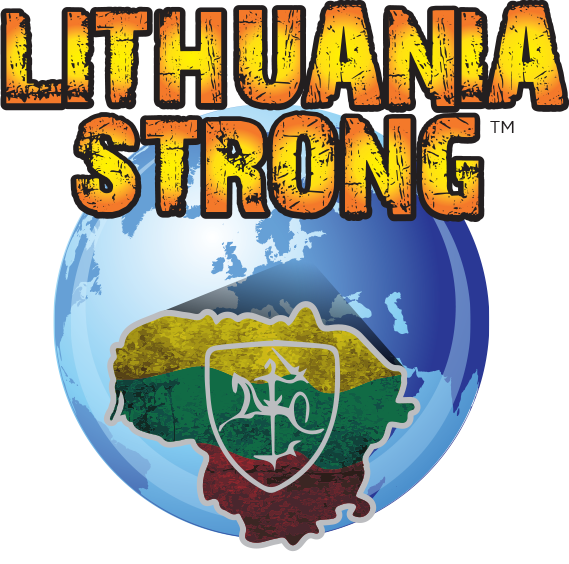 Language evolution is like biological evolution—it happens minutely, generation by generation, so there’s no distinct breaking point between one language and the next language that develops from it. Therefore, it’s impossible to say that one language is really older than any other one; they’re all as old as humanity itself. That said, each of the languages below has a little something special—something ancient—to differentiate it from the masses.
Language evolution is like biological evolution—it happens minutely, generation by generation, so there’s no distinct breaking point between one language and the next language that develops from it. Therefore, it’s impossible to say that one language is really older than any other one; they’re all as old as humanity itself. That said, each of the languages below has a little something special—something ancient—to differentiate it from the masses.
Lithuanian
The language family that most European languages belong to is Indo-European, but they started splitting apart from each other probably around 3500 BCE. They developed into dozens of other languages like German, Italian, and English, gradually losing the features that they had all shared. One language, however, up in the Baltic language branch of the Indo-European family, retained more of the feature of what linguists call Proto-Indo-European (PIE), which is the language that they postulate was spoken around 3500 BCE. For whatever reason, Lithuanian has kept more of the sounds and grammar rules from PIE than any of its linguistic cousins, and can therefore be called one of the oldest languages in the world.
Hebrew
Hebrew is a funny case, since it essentially fell out of common usage around 400 CE and then remained preserved as a liturgical language for Jews across the world. While the modern version differs from the Biblical version, native speakers of Hebrew can fully comprehend what is written in the Old Testament and its connected texts.
Basque
The Basque language is the ultimate linguistic mystery. It is spoken natively by some of the Basque people who live in Spain and France, but it is completely unrelated to any Romance language (which French and Spanish are) or indeed any other language in the world.
Tamil
Tamil, a language spoken by about 78 million people and recognized as an official language in Sri Lanka and Singapore, is the only classical language that has survived all the way through to the modern world. Forming part of the Dravidian language family, which includes a number of languages native mostly to southern and eastern India, it is also the official language of the state of Tamil Nadu.
Farsi
In case you haven’t heard of Farsi, it’s a language spoken in modern-day Iran, Afghanistan, and Tajikistan, among other places. You’ve probably heard of Persian, and it’s actually the same language, under a different name. Farsi is the direct descendant of Old Persian, which was the language of the Persian Empire.
Icelandic
Icelandic is another Indo-European language, this time from the North Germanic branch. It has mostly gone unchanged since Norse settlers brought it there when they came to the country, and Icelandic speakers can easily read the sagas written centuries ago.
Macedonian
The Slavic language family, which includes Russian, Polish, Czech, and Croatian, among others, is relatively young as far as languages go. They only started splitting off from their common ancestor, Common Slavic (or Proto-Slavic), when Cyril and Methodius standardized the language, creating what is now called Old Church Slavonic, and created an alphabet for it.
Finnish
Finnish may not have been written down until the 16th century, but as with any language, it has a history that stretches back far earlier than that. It is a member of the Finno-Ugric language family, which also includes Estonian, Hungarian, and several smaller languages spoken by minority groups across Siberia.
The Caucasus region is a real hotbed for linguists who seek out difficult world languages. The main languages of the three south Caucasian countries, Armenia, Azerbaijan, and Georgia, come from three entirely different language families—respectively Indo-European, Turkic, and Kartvelian. Georgian is the biggest Kartvelian language, and it is the only Caucasian language with an ancient literary tradition.
Irish Gaelic
Although Irish Gaelic is only spoken as a native language by a small majority of Irish people nowadays, it has a long history behind it. It is a member of the Celtic branch of Indo-European languages, and it existed on the islands that are now Great Britain and Ireland well before the Germanic influences arrived.
#Lithuania #OldestLanguages #LithuaniaStrong
Reported by: Culture Trip




